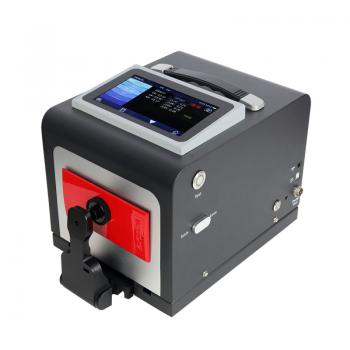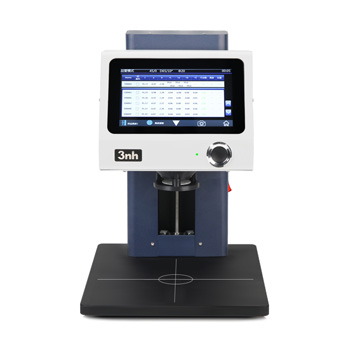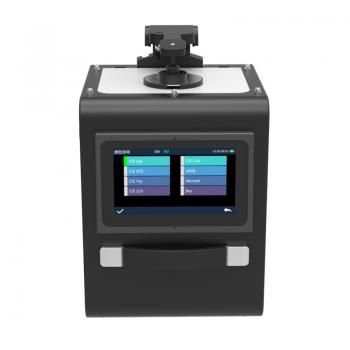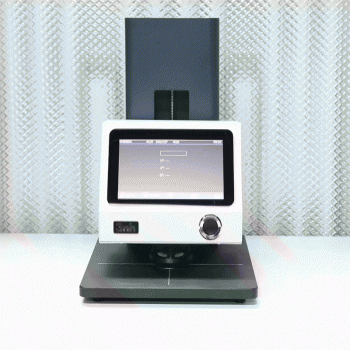Agricultural Product Quality Control
Color detection in agricultural product quality control is a key step to ensure that products meet market requirements and consumer expectations. Color detection is crucial in agricultural product quality control because color is a key factor in measuring the freshness, maturity and overall quality of the product. Color changes may indicate deterioration of agricultural products or poor storage conditions. Through accurate color detection, it can be ensured that agricultural products meet market standards and consumer expectations.
The following categories often use color detection:
Fruits and vegetables : Detect color changes to determine freshness and ripeness, ensuring high product quality.
Grains and pulses : Monitor color to identify mold or contamination and ensure food safety.
Dairy and Meat : Color detection helps identify product spoilage and quality issues, ensuring food safety and quality.
By using 3nh spectrophotometers, manufacturers can monitor color changes at all stages of processing to ensure that the final product meets the expected standards in both color and quality; through strict color testing, agricultural product suppliers can adjust processing methods as needed to ensure the consistency of agricultural products, improve product quality, ensure food safety, and enhance market competitiveness.








 0086 18165740359
0086 18165740359 157 Hits
157 Hits
 2024-08-30
2024-08-30




 Skype Online
Skype Online